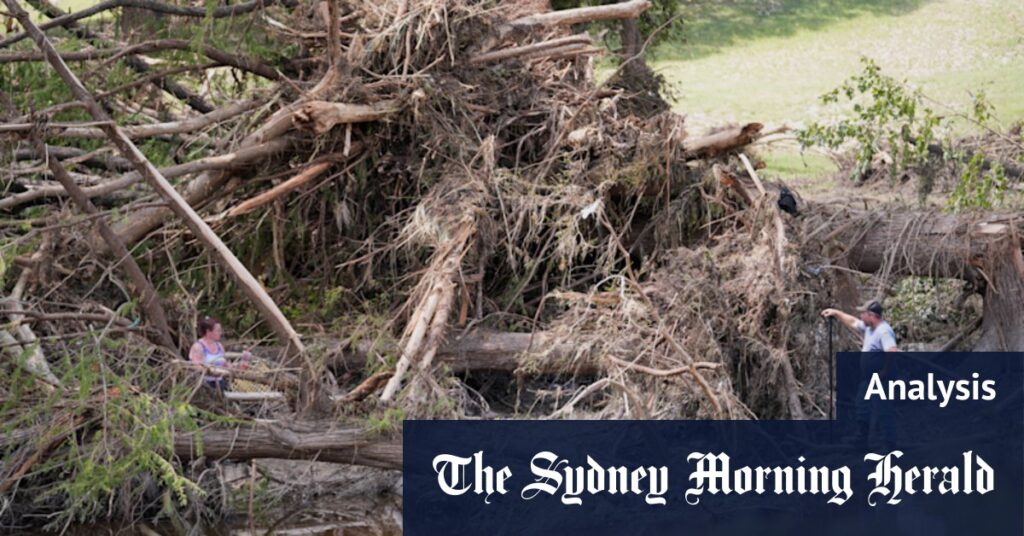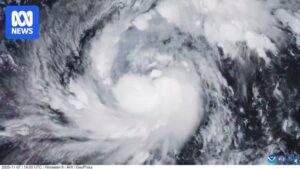
San Antonio, Texas: As the floodwaters recede in the Texas Hill Country, the devastation left behind is a stark reminder of nature’s unpredictable wrath. The disaster, reminiscent of the wildfires that ravaged Los Angeles earlier this year, has claimed over 110 lives, with 173 people still unaccounted for. This unfolding tragedy has gripped the nation, prompting both grief and a call for urgent action.
In the aftermath of the floods, communities along the Guadalupe River, particularly in Kerrville, are grappling with the loss. The scenes of destruction are heart-wrenching, as residents sift through debris in search of missing loved ones. The scale of this disaster is something Australians, familiar with natural calamities, can empathize with, yet it remains shocking in its intensity and impact.
Understanding the Scale of the Disaster
The announcement comes as officials continue to update the public with grim news. Each briefing reveals a higher death toll and an increasing number of missing persons. The question on everyone’s mind is why so many lives were lost, despite warnings of the impending storm.
Initial investigations suggest that while alerts were issued, the severity of the deluge was grossly underestimated. Many residents, perhaps lulled into a false sense of security by previous experiences, chose to stay by the river, unaware of the danger that lay ahead.
Lessons from Past Disasters
This development follows a pattern seen in other natural disasters where early warnings were either ignored or misunderstood. Experts point to the need for more effective communication strategies and better infrastructure to withstand such events. The lessons from Hurricane Harvey, which struck Texas in 2017, still resonate today.
“The failure to evacuate in time is often a result of mixed messages and a lack of trust in the warnings issued,” said Dr. Emily Carter, a disaster management expert. “We need to bridge the gap between science and public perception.”
Community Resilience and Response
Meanwhile, amidst the chaos, stories of resilience and community spirit have emerged. Volunteers from across the state have descended upon the affected areas, offering support and aid to those in need. This outpouring of solidarity is a testament to the enduring spirit of the American people.
Local authorities, alongside federal agencies, are working tirelessly to provide relief and begin the daunting task of rebuilding. The Federal Emergency Management Agency (FEMA) has already allocated funds to assist with recovery efforts, but the road to normalcy will be long and arduous.
The Role of Climate Change
According to sources, the increasing frequency and intensity of such natural disasters can be linked to climate change. Scientists warn that without significant action to curb emissions and mitigate climate impacts, events like the Texas floods will become more common.
“Climate change is not a distant threat; it’s happening now, and its effects are devastating,” remarked Dr. John Ellis, a climatologist. “We must act decisively to protect our communities and future generations.”
Looking Ahead: The Path to Recovery
The move represents a critical juncture for Texas and the broader United States. As recovery efforts continue, there is an urgent need to reassess disaster preparedness and response strategies. This includes investing in resilient infrastructure and improving public awareness campaigns to ensure that warnings are heeded in the future.
The implications of this disaster extend beyond immediate recovery. It serves as a wake-up call for policymakers and citizens alike to prioritize sustainability and resilience in the face of a changing climate.
The Texas floods have highlighted both the best and the most challenging aspects of American society. As the nation mourns those lost, it must also seize the opportunity to learn and adapt, ensuring that the lessons of this tragedy lead to a more prepared and resilient future.






